Why Does My LED Light Blink? Common Causes and Quick Fixes

LED lights have become increasingly popular in recent years due to their energy efficiency, longevity, and versatility. However, if you’ve ever experienced your LED light flickering or blinking, you may be wondering what’s causing this frustrating issue. Fortunately, there are several common causes of LED light blinking that can be easily fixed with some basic troubleshooting steps. One of the most common causes of LED light blinking is a loose connection. This can occur if the LED bulb is not screwed in tightly or if the wiring is not properly connected. Additionally, if the wiring is not grounded properly, it can cause the LED light to flicker or blink. Another cause of LED light blinking is voltage fluctuations, which can occur due to power surges or fluctuations in the electrical grid. In this case, installing a voltage stabilizer or surge protector can help to stabilize the electrical current and prevent the LED light from blinking.
LED lights are a type of lighting technology that uses a semiconductor to convert electricity into light. They are highly efficient and long-lasting, making them a popular choice for both residential and commercial use. LED lights have a higher initial cost than traditional incandescent bulbs, but they use significantly less energy and last much longer, making them a more cost-effective option in the long run. In addition to their energy efficiency, LED lights are also available in a wide range of colors and can be used for a variety of lighting purposes, from accent lighting to task lighting. They are also known for their durability and resistance to damage from vibration or impact. Overall, LED lights offer numerous benefits over traditional lighting options, making them an increasingly popular choice for consumers.
Understanding why LED lights blink is crucial for ensuring their proper functioning and longevity. Blinking lights can indicate a variety of issues such as a loose connection, voltage fluctuations, or a faulty power supply. These issues can lead to reduced efficiency, premature burnout, and even complete failure of the LED light. By identifying the root cause of blinking lights, users can take quick and easy measures to rectify the issue and ensure that their LED light continues to function optimally. Additionally, knowing why LED lights blink can help users avoid potential hazards such as electrical fires or shocks, which can occur when electrical systems are not functioning correctly. Therefore, it is essential to have a basic understanding of the causes and solutions of blinking LED lights to ensure their safe and efficient use.
Loose Connections
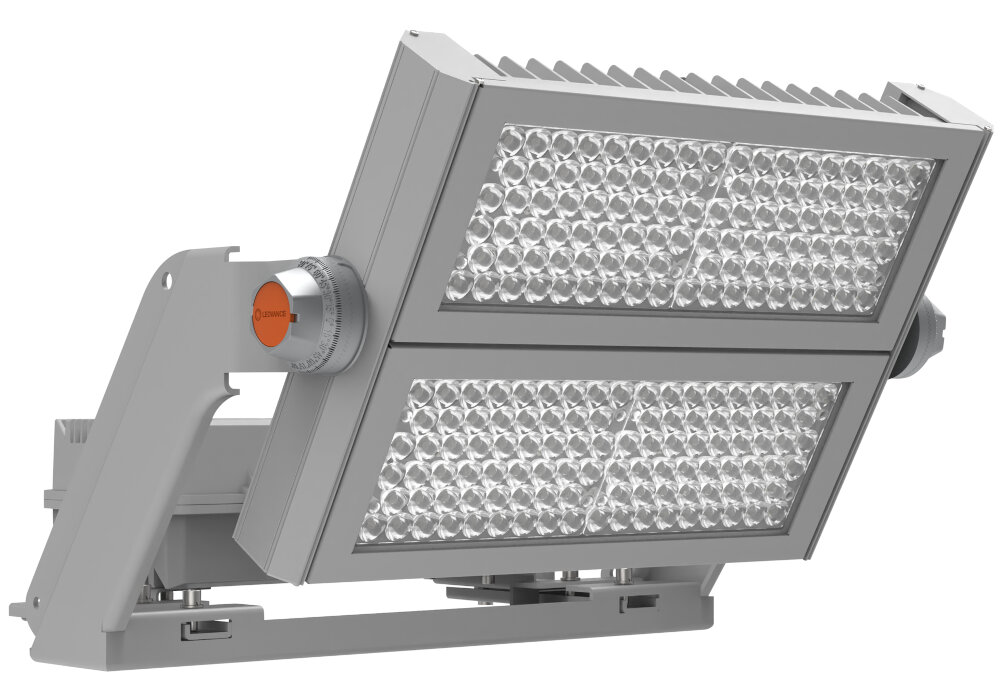
Loose connections are a common cause of LED lights blinking. Loose connections can cause the power to the LED light to be interrupted, causing it to turn on and off or blink. Loose connections can occur at any point in the wiring of an LED light, from the power source to the bulb socket. Loose connections can be caused by a variety of factors, such as improper installation, using the wrong size wire, or environmental factors such as vibration or moisture. To fix a loose connection, it is often necessary to identify the location of the connection and tighten any loose wiring or connections. It is important to ensure that all connections are properly secured to prevent the issue from recurring. If you suspect that loose connections are causing your LED light to blink, it is important to address the issue promptly. Ignoring the problem can lead to further damage to the LED light or even a potential safety hazard. Loose connections can cause the LED light to flicker, dim, or fail to turn on altogether. In addition, loose connections can cause the LED light to draw more power than it should, which can lead to increased energy costs. By identifying and fixing loose connections, you can ensure that your LED light operates properly and efficiently, saving you money and providing reliable lighting for your home or business.
Loose connections can be a common culprit behind the blinking of LED lights. When the connections are not secured tightly, the flow of electricity can become interrupted, causing the LED light to flicker. This can also happen if the wiring or circuitry is damaged, as the current may not be able to flow smoothly. Loose connections can occur anywhere along the electrical pathway, from the power source to the LED light itself. It’s important to check all connections and ensure they are tight and secure to prevent this issue from occurring. In some cases, tightening the connections may be enough to solve the problem, but if the wiring or circuitry is damaged, it may need to be replaced.
Loose connections are often the culprit behind blinking LED lights. A quick fix to this issue is to ensure that all connections are tightly secured. First, check the bulb to ensure it is properly seated in its socket. If it is not, gently push it in until it clicks into place. If the bulb is secure but the connections are still loose, ensure that the wires are properly connected to the power source. Use pliers to tighten any loose connections and check for any frayed or damaged wires. If there are any, replace them immediately. By taking these quick fix measures, you should be able to eliminate loose connections as the cause of your blinking LED light.
Voltage Fluctuations
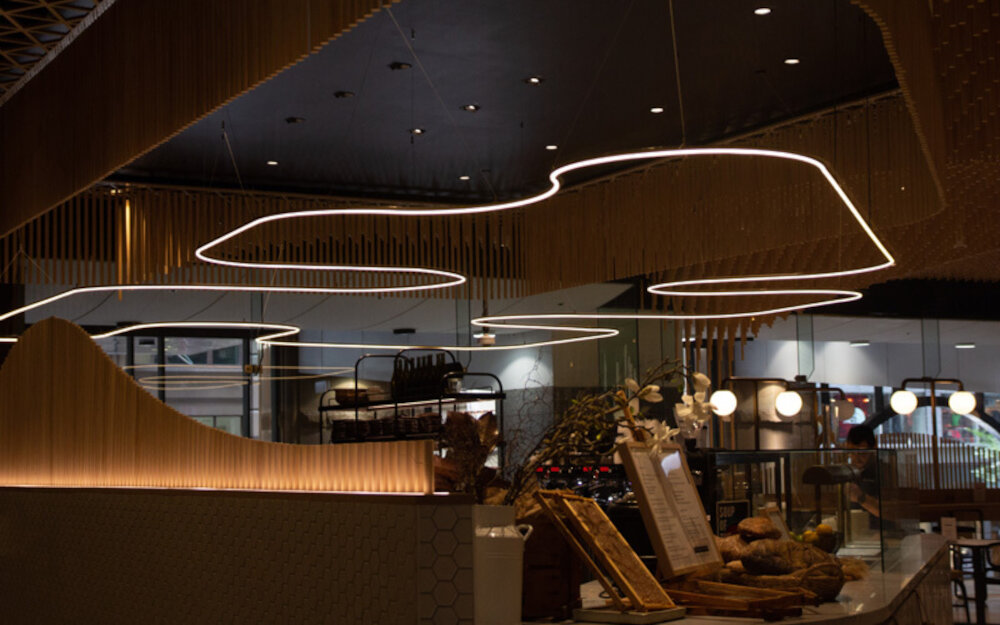
Voltage fluctuations are one of the most common reasons why LED lights blink or flicker. These fluctuations can happen due to many reasons, including power surges, interruptions, and voltage drops. Power surges occur when there is an increase in voltage, while voltage drops occur when there is a decrease in voltage. Interruptions can occur due to power outages or when there is a sudden change in the electrical load on the circuit. All of these factors can cause the LED light to blink or flicker, which can be quite frustrating for the users. To fix the problem of voltage fluctuations, you can install a voltage stabilizer or regulator. These devices are designed to regulate the voltage supply and ensure that it remains constant, even when there are fluctuations in the power supply. Voltage stabilizers are available in different sizes and capacities, so you can choose one that is suitable for your specific needs. Additionally, you can also use surge protectors to protect your LED lights from power surges and spikes. These devices work by diverting excess voltage away from the connected devices, thereby preventing any damage that may be caused by power fluctuations. By taking these simple steps, you can ensure that your LED lights stay stable and functional, even in the face of voltage fluctuations.
Voltage fluctuations can cause blinking LED lights due to a sudden change in the electrical current. When the voltage drops, the LED light may not receive enough energy to remain on, resulting in a flickering effect. Similarly, if the voltage spikes, the LED light may receive too much energy, causing it to blink rapidly or even burn out. This can happen due to various reasons such as faulty wiring, overloading of electrical circuits, or the use of incompatible dimmer switches. It is essential to identify the root cause of the voltage fluctuation and fix it to ensure that the LED light operates correctly without any flickering or blinking.
Voltage fluctuations can be frustrating, especially if they cause LED lights to blink or flicker. A quick fix solution is to check if the bulb is screwed in properly or if the fixture is loose. If this is not the issue, try replacing the bulb with an LED bulb that is compatible with the voltage of your home. Another solution is to install a voltage stabilizer, which will regulate the voltage and prevent fluctuations. It is also important to note that voltage fluctuations can be caused by issues with the electrical wiring in your home, so if the problem persists, it may be necessary to consult an electrician for further assistance.
Overheating
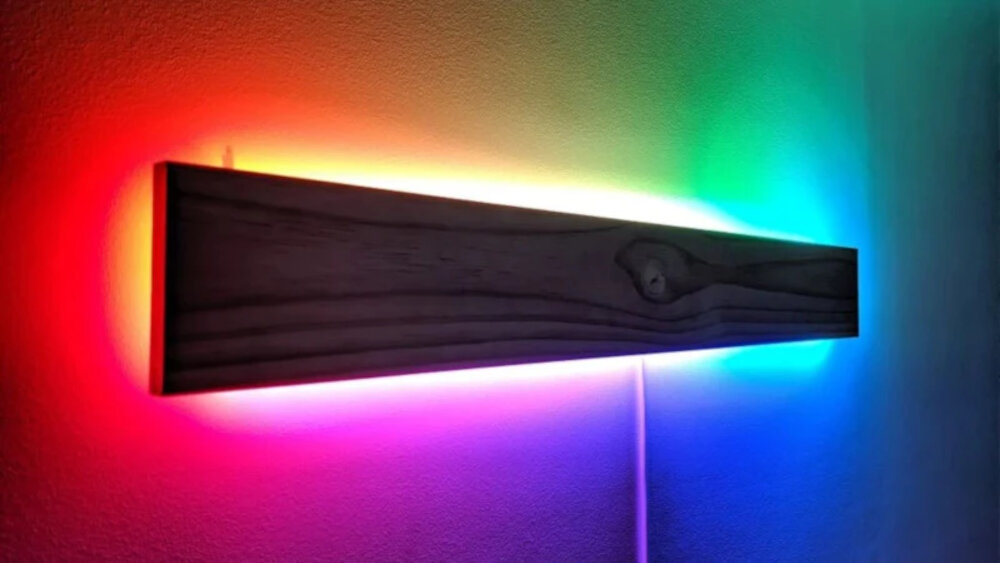
Overheating is one of the most common problems that can cause LED lights to blink. This occurs when the LED bulb gets too hot, causing the internal components to malfunction. Overheating can be caused by a variety of factors, including faulty wiring, inadequate ventilation, or simply using a bulb that is too powerful for the fixture. When an LED bulb overheats, it will often blink or flicker, and may even shut off completely. This can be frustrating for users, as it can interfere with their ability to see properly and can even be a safety hazard in some situations. To prevent overheating, it is important to ensure that the LED bulb is properly installed and that the fixture is suitable for the bulb’s wattage. Some LED bulbs may require additional cooling mechanisms, such as heat sinks or fans, to prevent overheating. It is also important to ensure that the fixture is properly ventilated, as this can help dissipate heat and prevent damage to the bulb. If overheating is detected, it is important to turn off the light and allow it to cool down before attempting to use it again. In some cases, it may be necessary to replace the bulb or the entire fixture to prevent further damage.
Overheating is one of the primary causes of blinking LED lights. When the LED bulb gets too hot, it can trigger the thermal protection feature, which causes the bulb to turn off and on repeatedly. This thermal protection feature is designed to prevent the LED bulb from getting too hot and potentially causing damage or starting a fire. Overheating can occur due to a variety of factors, including high ambient temperatures, poor ventilation, or a faulty LED driver. To prevent overheating, it’s essential to ensure that the LED bulb is installed correctly and that the light fixture is designed to dissipate heat effectively. Additionally, avoid installing LED lights in enclosed fixtures or areas with poor ventilation, which can cause the temperature to rise quickly.
If your LED light is overheating, there are several quick fix solutions you can try. First, make sure the light is not in a confined space with poor ventilation. If it is, try moving it to an area with better airflow. Additionally, check the wattage of the bulb to ensure it is not too high for the fixture. If it is, switch to a lower wattage bulb. Another solution is to install a heat sink or fan to help dissipate the heat. However, if none of these solutions work, it may be necessary to replace the fixture entirely. It is important to address overheating as it can not only damage the light, but also pose a fire hazard.
Compatibility Issues
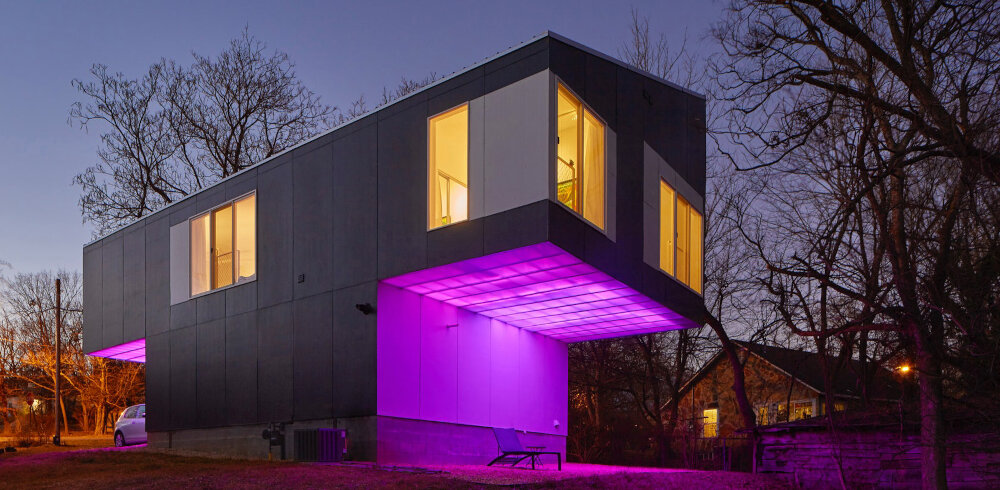
Compatibility issues are some of the most common causes of LED lights blinking. This happens when the LED bulb is not compatible with the dimmer switch, causing the light to flicker or blink. In other cases, the bulb may not be compatible with the power supply, leading to the same problem. It is essential to ensure that the LED bulb is compatible with the dimmer switch and power supply that you are using to avoid this issue. Incompatibility issues can also arise when using LED bulbs with older fixtures that were not designed to work with them. In such cases, it is best to replace the fixture with one that is compatible with LED bulbs. Another common compatibility issue that can cause LED lights to blink is when the bulb is not compatible with the driver. Drivers are crucial components that regulate the power supply to the LED bulb. When using an incompatible driver, the bulb may not receive the correct amount of power, causing it to blink or flicker. It is important to ensure that the LED bulb and driver are compatible to avoid these issues. In some cases, the driver may need to be replaced to ensure compatibility. By addressing compatibility issues, you can avoid the frustrating problem of LED lights blinking and enjoy uninterrupted illumination.
Compatibility issues can often cause blinking LED lights. This can happen when the LED bulb is not compatible with the dimmer switch, resulting in a flickering or blinking effect. Similarly, if the LED bulb is not compatible with the electronic transformer, it can also cause the bulb to blink. Another cause of compatibility issues is when the LED bulb is not compatible with the power supply voltage. This can cause the LED to blink or flicker, as the voltage is not enough to power the bulb. In order to avoid compatibility issues, it is important to ensure that the LED bulb is compatible with the dimmer switch, transformer, and power supply voltage, before installation.
Compatibility issues are a common problem that many people face when using LED lights. These issues can result in blinking lights, which can be annoying and even dangerous. Fortunately, there are several quick fix suggestions that can help resolve these problems. One of the most common causes of compatibility issues is voltage fluctuations. To fix this, it is important to ensure that the LED lights are connected to a stable power source. Another quick fix suggestion is to check the wiring connections. Loose or faulty wiring can cause the lights to blink or flicker. Additionally, it is important to make sure that the LED lights are compatible with the dimmer switch being used. Using incompatible dimmer switches can cause blinking or flickering lights. By following these quick fix suggestions, users can resolve compatibility issues and enjoy uninterrupted and stable LED lighting.
LED lights have become increasingly popular due to their energy efficiency and long lifespan, but what happens when they start to blink? There are a variety of reasons why LED lights may blink, including power surges, faulty wiring, loose connections, and incompatible dimmer switches. In some cases, simply turning the switch off and then back on can fix the problem. Other times, it may require replacing a faulty component or adjusting the wiring. It’s important to address blinking LED lights as soon as possible to prevent further damage and ensure that your lighting system is functioning properly. By identifying the common causes and quick fixes for blinking LED lights, you can troubleshoot and resolve the issue in a timely and efficient manner.
Addressing the issue of a blinking LED light promptly is crucial for ensuring safety and longevity. Ignoring the problem can result in the LED light becoming a fire hazard or causing electrical damage. Overheating is a common problem that can cause LED lights to blink or flicker, and this issue should be addressed immediately to prevent damage to the light fixture or surrounding components. In addition, fixing the blinking LED light promptly can extend the lifespan of the light fixture and save you from costly replacements. It is essential to address the underlying cause of the blinking to maintain the safety and longevity of your LED light.
Conclusion
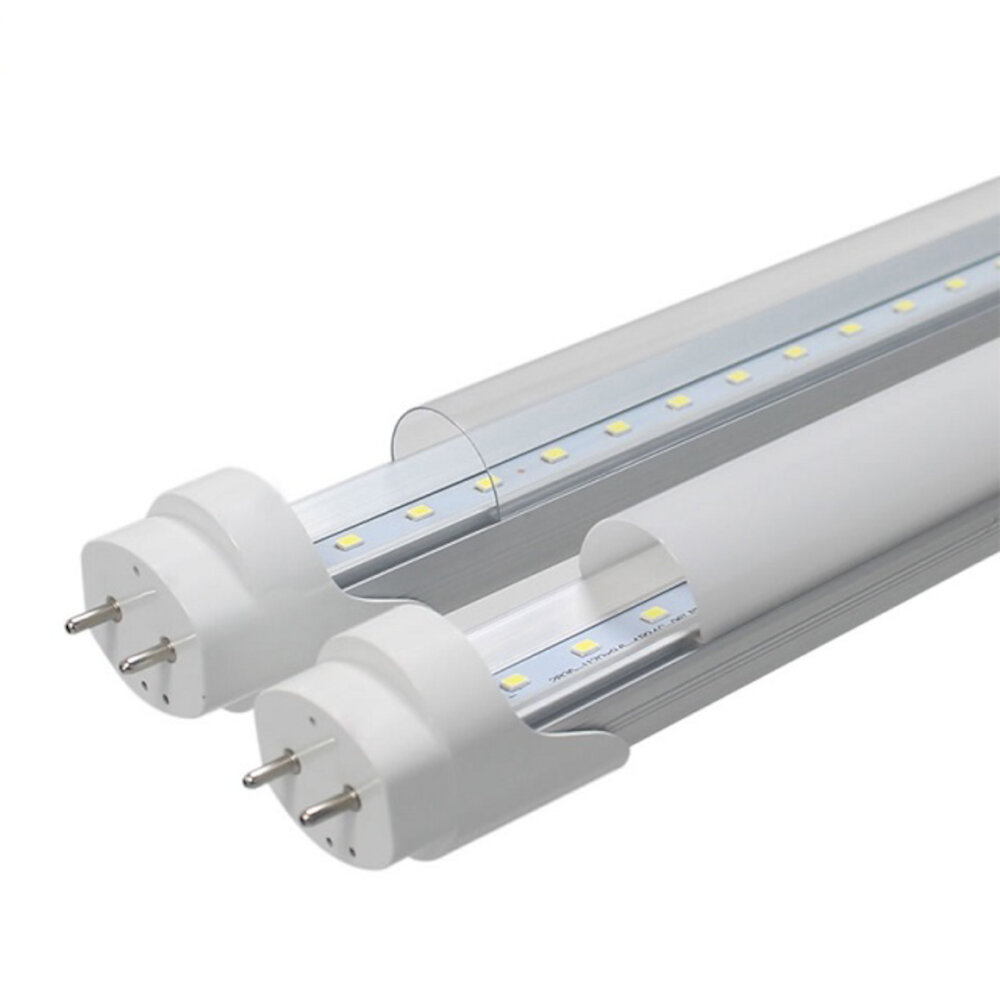
In conclusion, blinking LED lights can be a frustrating issue, but it’s usually a simple problem to fix. From loose connections to incompatible dimmer switches, there are several common causes of blinking LED lights. By identifying the root cause and implementing the appropriate solution, you can quickly get your LED lights back to functioning properly. It’s always important to follow safety protocols when dealing with electrical equipment, and if you’re unsure about anything, don’t hesitate to seek the help of a professional electrician. With a little troubleshooting and some basic knowledge, you can enjoy the full benefits of your LED lights without any pesky blinking interruptions.





